

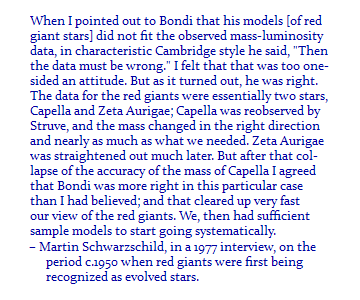

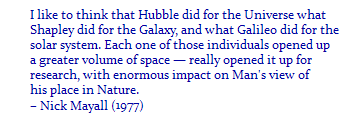
After seven subsequent years at the Mount Wilson Observatory, where
he'd been hired by George Hale, he moved to Harvard as the Director,
replacing the recently deceased Edward Pickering (who'd been in charge
since before Shapley was born). At Mount Wilson he began studying the
variable stars in globular star clusters known as RR Lyrae variables
(after the prototype). With these he was able to determine distances
to the clusters, more than 90 of them, showing that the Sun wasn't at
the center of a flattened star system some 10,000 light years in
diameter (as Kapteyn's 1923 model had it), but that the center of the
system of globular star clusters was some 60,000 light years away --
high by ~2x because he didn't take interstellar extinction and its
dimming of starlight into account, which makes things look farther
away than they are -- in the direction of what we now take as being
the center of the Milky Way galaxy in Sagittarius.
Part I of a two-part 1966 interview, the
first third or half of which reads like an advertisement for when
America was a land of opportunity.
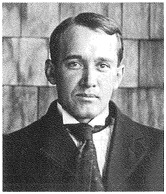
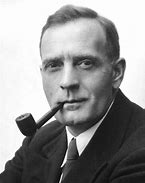
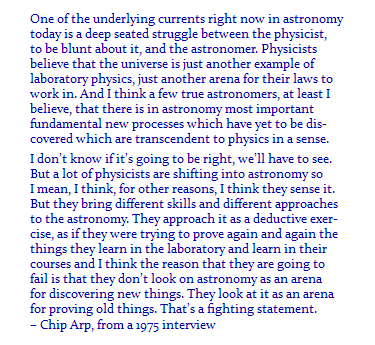
We present the serendipitous discovery of the fastest main-sequence hyper-velocity star (HVS) by the Southern Stellar Stream Spectroscopic Survey (S5). The star S5-HVS1 is a ∼2.35 M⊙ A-type star located at a distance of ∼9 kpc from the Sun and has a heliocentric radial velocity of 1017 ± 2.7 kms−1 without any signature of velocity variability. The current 3D velocity of the star in the Galactic frame is 1755 ± 50 kms−1. When integrated backwards in time, the orbit of the star points unambiguously to the Galactic Centre, implying that S5-HVS1 was kicked away from Sgr A* with a velocity of ∼1800 kms−1 and travelled for 4.8 Myr to its current location. This is so far the only HVS confidently associated with the Galactic Centre. S5-HVS1 is also the first hyper-velocity star to provide constraints on the geometry and kinematics of the Galaxy, such as the Solar motion Vy,⊙ = 246.1 ± 5.3 kms−1 or position R0 = 8.12 ± 0.23 kpc.S5-HVS1 is the third-fastest star on record, the two others having been accelerated by supernovae explosions. It will be nearly 100 million years before S5-HVS1 leaves the Milky Way, even at this high a velocity.
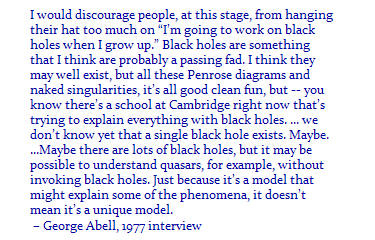
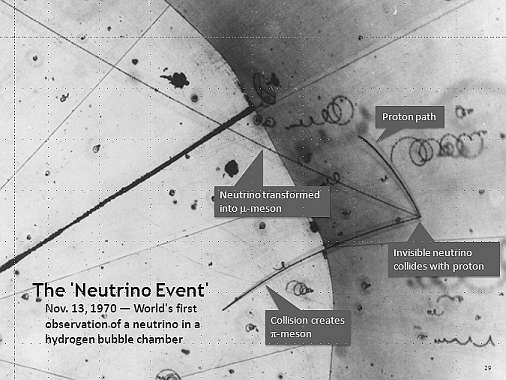
The neutrino comes in, invisibly, from about the 4 o'clock direction, and hits the proton (hydrogen nucleus) which is already moving in the 11 o'clock direction because of its thermal motion; as part of a neutral hydrogen atom (or molecule) it is not previously visible. This bubble chamber photo also demonstrates another aspect of particle physics: fermions (the two mesons) are always created in pairs.
©2002-2024, Chris Wetherill. All rights reserved. Display here does NOT constitute or imply permission to copy, republish, or redistribute my work in any manner for any purpose without prior written permission.

[ Back to October || On to December ]
[ To: History Directory || Main VISNS page ]